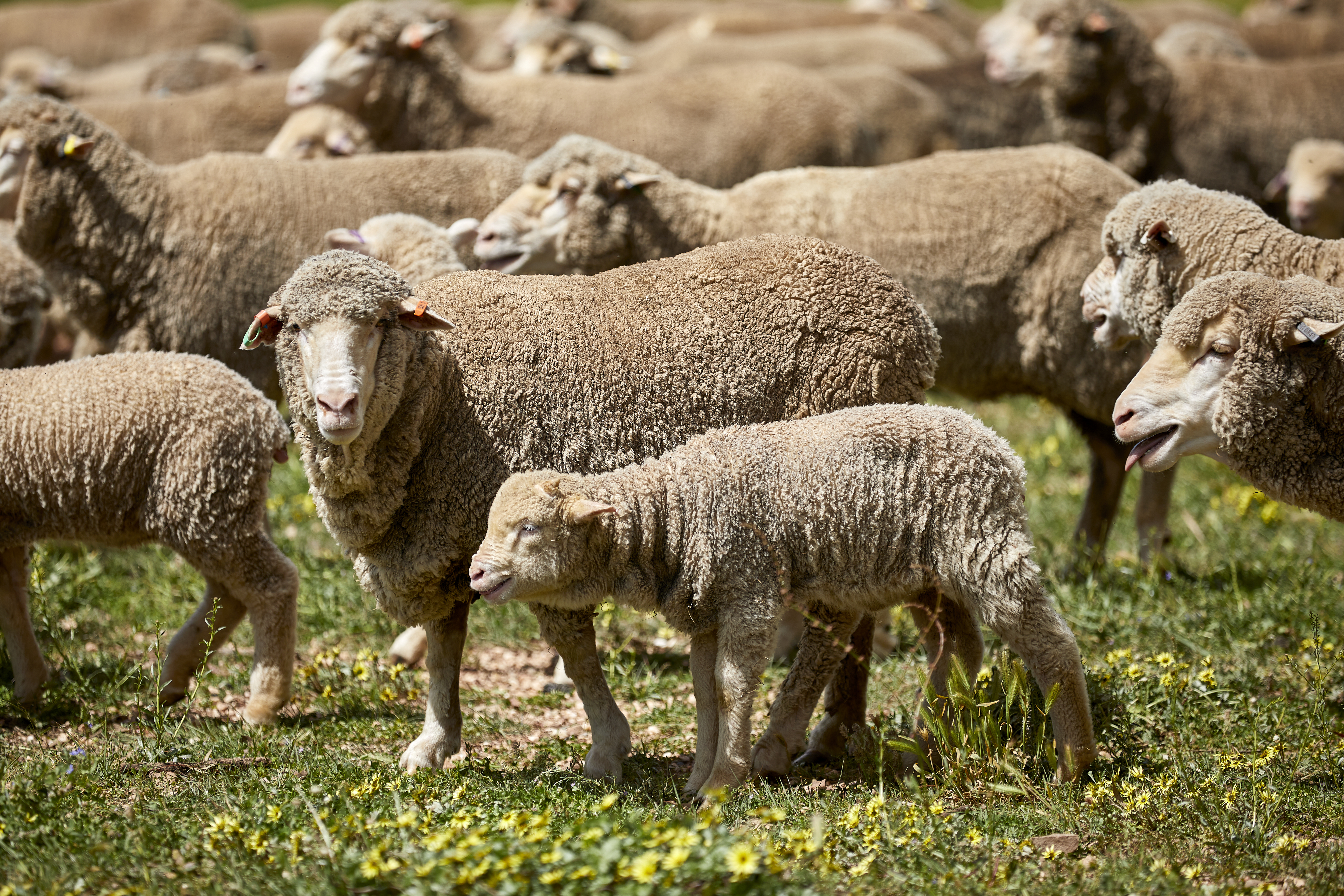UK Red Tractor Standards & Australia’s World Leading Beef and Lamb Farm Assurance
AHDB’s report comparing UK Red Tractor standards with Australian beef & lamb farm assurance overlooks key distinctions in Australia’s different legislative frameworks.

AHDB’s report comparing UK Red Tractor standards with Australian beef & lamb farm assurance overlooks key distinctions in Australia’s different legislative frameworks.
Australian beef and lamb farm assurance standards are, like the UK Red Tractor beef and lamb production standards, world leading farm standards.
Australian beef and lamb production is, governed by strict guidelines for animal welfare, environmental sustainability, food safety and biosecurity - developed over decades, for Australia’s unique environmental landscape.
Red meat production has been led for generations by Australian farmers who are custodians of the land; driven by the ethos that caring for animals and the land that supports them, not only helps to produce premium, safe, and consistent beef and lamb, but ensures this is sustained for years to come.
AHDB, the UK’s Agriculture and Horticulture Development Board, commissioned a report to compare the UK’s Red Tractor beef & lamb standards with Australia’s Livestock Production Assurance (LPA) programme and the New Zealand Farm Assurance Programme (NZFAP).
UK Red Tractor beef and lamb standards, concluded the report, are higher and more comprehensive than its counterparts. The AHDB methodology isn’t a like for like comparison and overlooks key differences in Australia’s uniquely varied environmental landscape, and fit-for-purpose production and regulatory systems.
While there is no question that the UK Red Tractor Scheme is an excellent and comprehensive farm assurance programme, MLA and Aussie Beef & Lamb, would like to highlight some key points in the AHDB report where Australia’s size, and uniquely varied environmental conditions weren’t considered.
The AHDB report does not acknowledge Australia’s comprehensive farm assurance regulations that extend beyond the Australian Livestock Production Assurance (LPA) Scheme. For example, the Australian Animal Welfare Standards and Guidelines comprehensively govern all animal welfare programs across all supply chains in every Australian state and territory.
LPA Standards require that livestock management is consistent with the requirements of the national Animal Welfare Standards and Guidelines.
LPA takes this approach to achieve the highest, equivalent animal welfare outcomes within the context of the geographic area, type and breed of livestock, climatic conditions, and landscape.

Australian animal welfare standards are not lower; the AHDB report simply overlooked Australia’s different legislative frameworks in its comparison.
Weighting to some category scoring also did not accurately reflect their relevance in the Australian industry. For example, the weightings given to housing and shelter, feed and water, husbandry procedures, youngstock management, animal health and welfare, and fallen stock, fail to reflect that these requirements are included in the Australian Animal Welfare Standards and Guidelines rather than the LPA.
Environmental, climatic, and geographic differences were overlooked. Australia is a vast country, environmental and operating conditions on Australian farms differ markedly depending on their location within Australia.
These differences are even greater when compared with farming in the UK and New Zealand. Both countries are much smaller with little variation in terms of geographical environment.
Australian livestock graze in the open all year round, thanks to the Australian climate. Housing livestock is not required and therefore not prescribed in the LPA Standards.
Similarly, a concern highlighted by the report is around hormone treatments in cattle. Australia has strict laws and processes in place for hormone use in cattle and excludes products from hormone-treated cattle being exported to markets that require hormone freedom such as the UK.
No beef or lamb entering the UK from Australia will have ever been treated with hormones as is the law.
Hormones sale and purchase is regulated by the Australia Pesticide and Veterinary Medicine Authority (APVMA). The legislative requirements for hormone use in the report fails to acknowledge Australia’s strict regulations.
Acknowledging the differences is key to any meaningful comparison.
Overlooking these important considerations has limited both the value and relevance of the comparison report in several key areas.
MLA has put together a full response to the report which details exactly where it believes the methodology to be lacking, or where alternative governance can be found. For more information about Australia’s animal welfare, biosecurity, and integrity systems, click here.